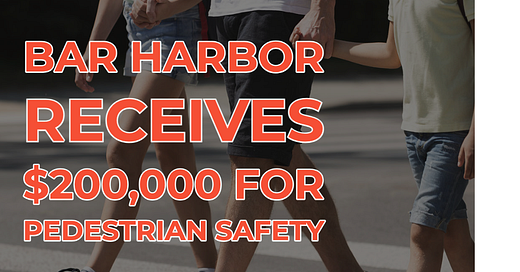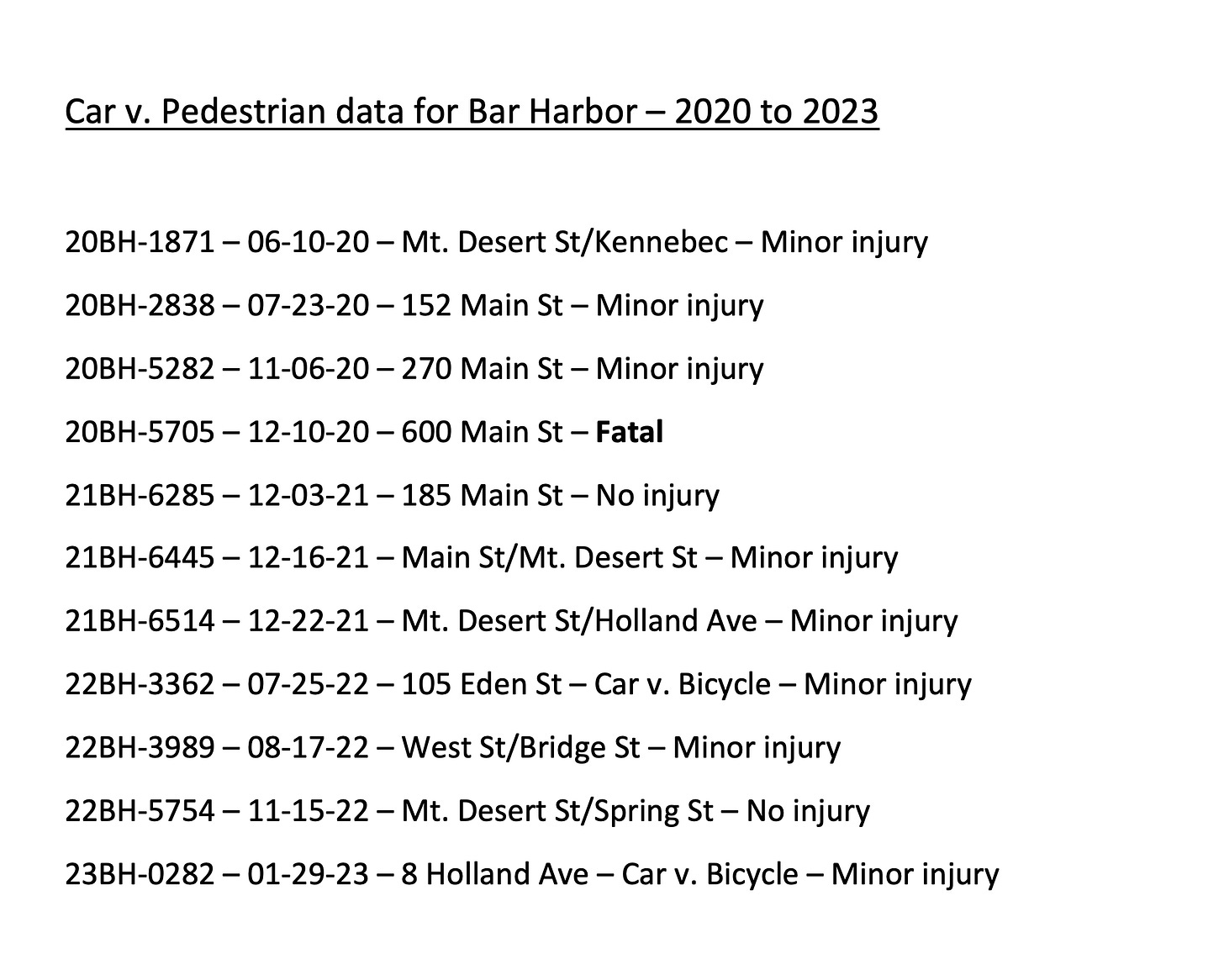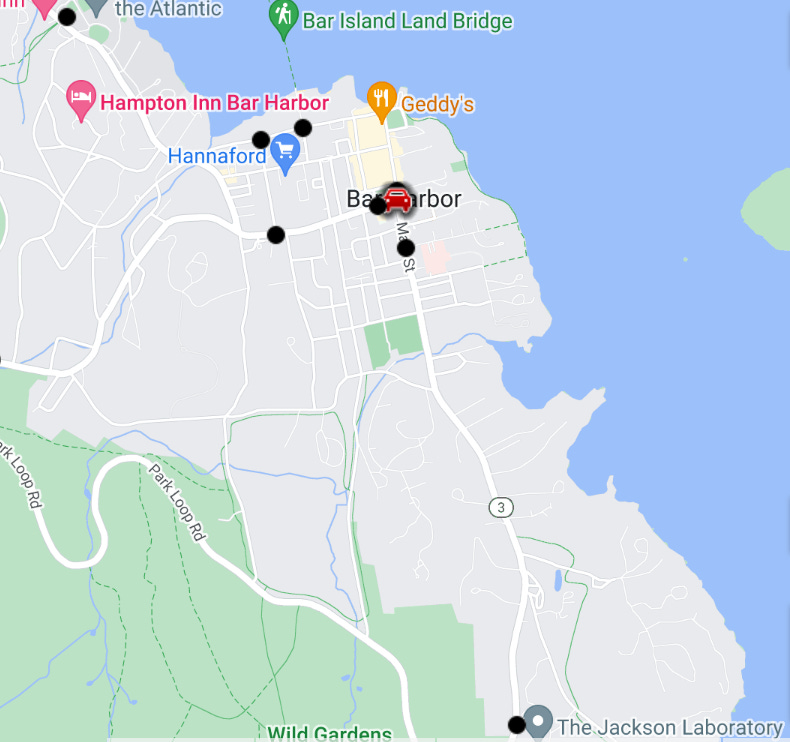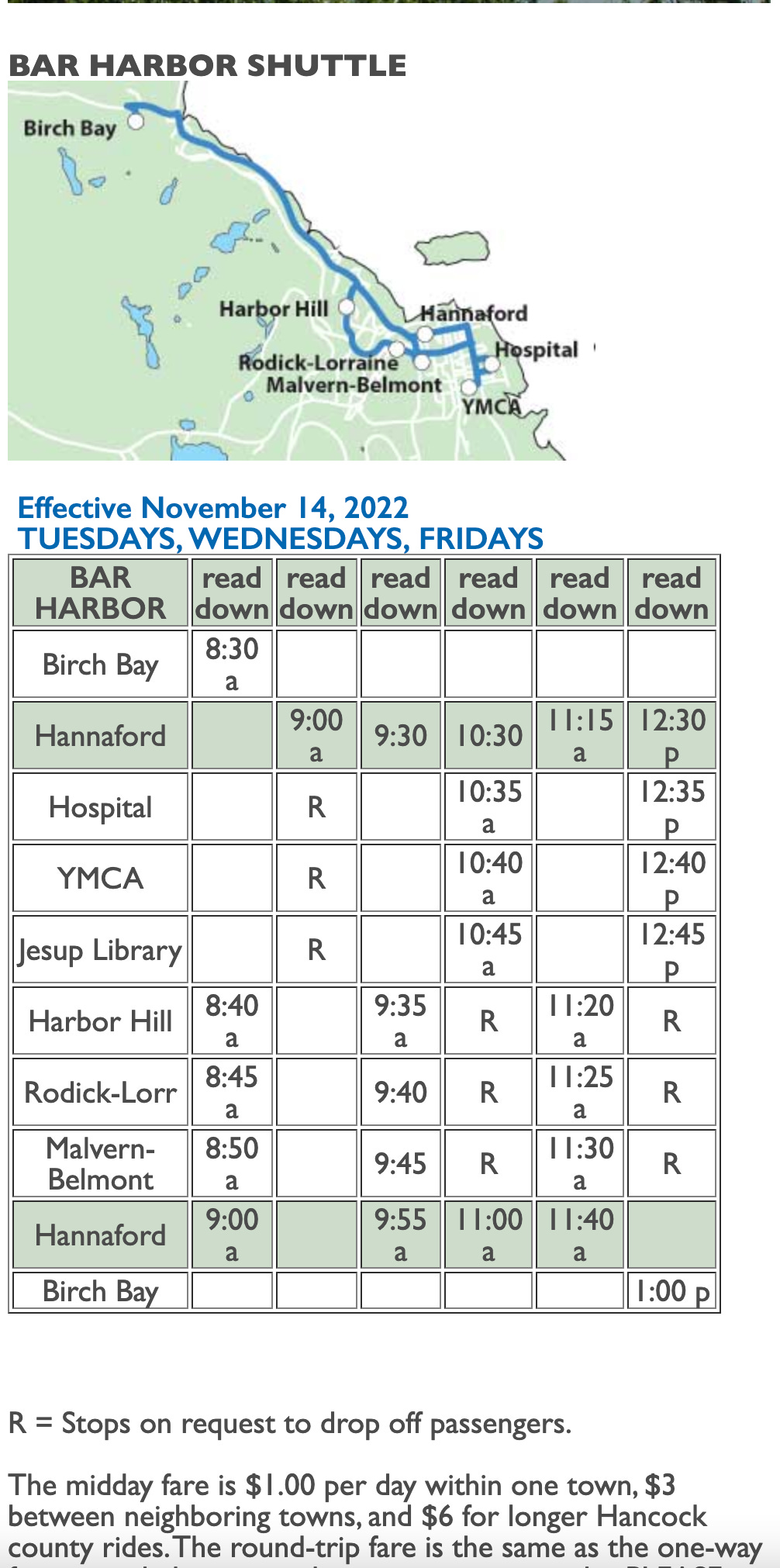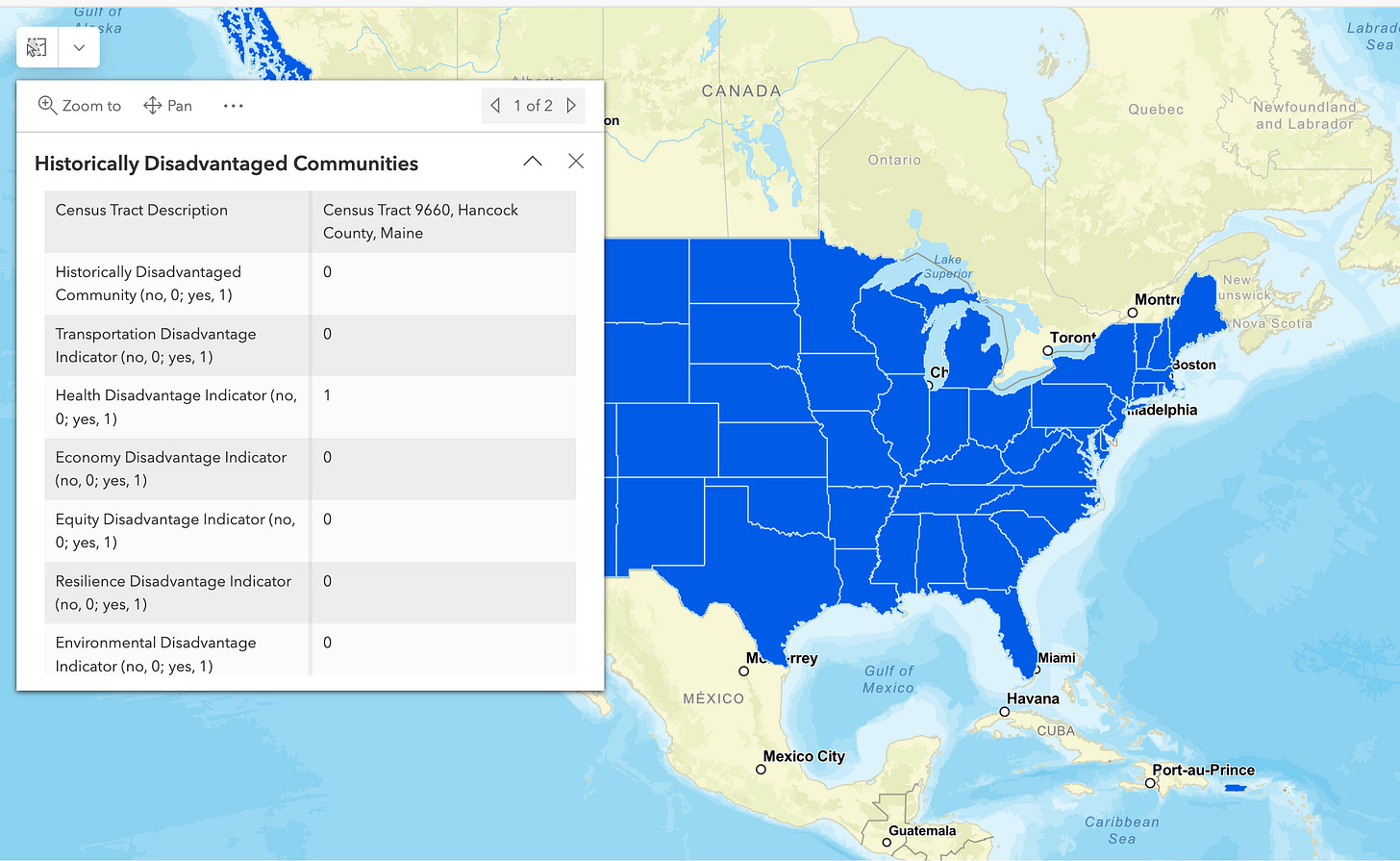Bar Harbor Receives $200,000 For Pedestrian Safety
Town hopes to reduce road fatalities and accidents
BAR HARBOR—Safer pedestrian walkways may be on tap for Bar Harbor thanks to the help of a $200,000 grant from the federal government, part of the bipartisan infrastructure law that sent more than $800,000 for four Maine projects. The pedestrian safety grant was part of Bar Harbor’s “Safe Streets for All” federal funding request to help secure a regional comprehensive transportation action plan.
The hope of the plan according to the October 2022 application is to “reduce our very high roadway fatalities. Numbers and percentages, including non-lethal, but serious vehicular accidents; make us more climate change ready; and increase the overall safety of our shared network of multi-modal roadways.”
According to Police Chief Jim Willis, between 2020 and 2023, there have been 11 car vs pedestrian incidents in Bar Harbor. Eight resulted in minor injuries, one was fatal and two resulted in no injury. Of those, two were car vs bicycles.
Five occurred on Main Street. Four occurred on Mt. Desert Street.
In Bar Harbor, a young woman was killed in December 2020 while in a crosswalk at the Jackson Lab, another woman was killed in 2017 in the parking lot of the Chart Room. Other pedestrian and vehicle interactions with varying levels of injuries have occurred on Mount Desert Street and Eden Street and other Bar Harbor locations.
For every 100,000 people, Hancock County sees 18 vehicular-related deaths. Between 2016 and 2020 there were 49 fatal accidents in Hancock County. Those are overall accidents, not pedestrian or bicycle and vehicle.
“Our region is in desperate need of commissioning a regional comprehensive transportation action plan,” the report writes. “The goal of the program is to reduce vehicular traffic and “provide for safer multi-modal roadways and streets, right as we continue to grow in popularity as an international destination.”
According to Finance Director and interim Town Manager, Sarah Gilbert, “Staff will be working toward hiring a consultant to assist with the Scope of Work in Phase I—including project development and environmental review.”
The potential project is not currently specified.
Hancock County has 68% of its population living in what is considered a transportation disadvantaged community. Much of those people live along the Route 1 and Route 3 corridors. Some of the area is served by Downeast Transportation, which runs the Island Explorer busses.
The Law Insider defines transportation disadvantaged on an individual basis as “those individuals who because of physical or mental disability, income status, or age are unable to transport themselves or purchase transportation and are therefore dependent upon others to obtain access to health care, employment, education, shopping, social activities, or other life-sustaining activities.”
LINKS TO LEARN MORE
https://www.lawinsider.com/dictionary/transportation-disadvantaged
https://www.arcgis.com/apps/dashboards/d6f90dfcc8b44525b04c7ce748a3674a
https://www.transportation.gov/grants/SS4A


